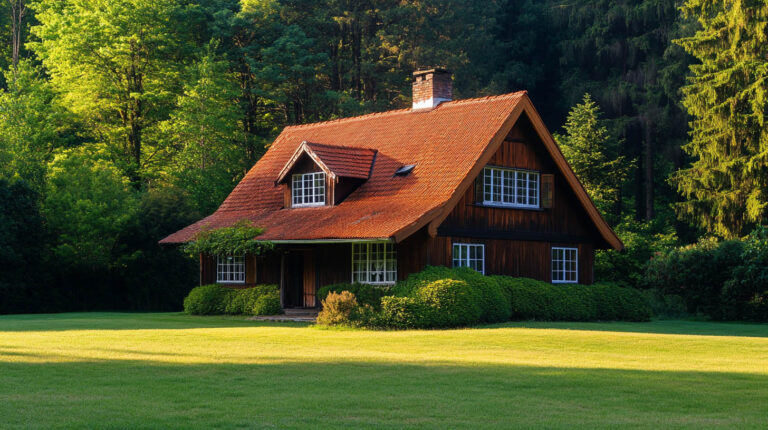
Blog
Storm Damage and Your Roof: What You Need to Do Next
When a storm hits, the damage it causes to your roof can be devastating. Whether it’s missing shingles or a tree falling on your home, knowing how to respond quickly can help minimize further damage and ensure your roof is repaired efficiently. At Avenue Roofing, we specialize in helping homeowners navigate roof repairs after a storm.

1. Assess the Damage
The first step after a storm is to assess the damage. If your roof has sustained major damage, such as a tree falling on it, it’s crucial to evacuate the home immediately. The added weight and structural damage can make the home unsafe. Once everyone is safe, contact a professional roofing contractor for an inspection.
For smaller damage, such as missing shingles or hail dents, it’s essential to tarp the affected areas to prevent further water intrusion. Even minor roof damage can lead to leaks that result in mold and other costly issues if left unaddressed.
2. Document the Damage
Before making any repairs, document the damage. Take photos and videos of the affected areas, both outside and inside your home. This documentation will be vital when filing an insurance claim. Be thorough, as your insurance company will want to see evidence of the damage before approving any claims.
3. File an Insurance Claim
Once you’ve documented the damage, contact your insurance company. Most storm damage will be covered under your homeowner’s insurance policy, minus your deductible. However, it’s essential to understand what your policy covers. Your insurance company will send an adjuster to assess the damage and determine the compensation you’re eligible for.
Important: Avoid making any permanent repairs until your insurance adjuster has inspected the damage. Temporary tarping is allowed, but permanent repairs could void your claim.
4. Hire a Reputable Contractor
Storm damage often attracts untrustworthy contractors, known as “storm chasers.” These contractors move from area to area after major storms, offering quick fixes that are often poorly executed. To avoid falling victim to these scams, research your contractor thoroughly. Look for local, established companies with positive reviews and a strong reputation, like Avenue Roofing.
5. Get Temporary Protection
While waiting for repairs, it’s crucial to protect your home from further damage. Tarping or covering the damaged area can prevent additional water from entering your home. Many roofing companies will offer emergency tarping services to keep your home protected until full repairs can begin.
Unique Fact:
According to the Federal Emergency Management Agency (FEMA), over 40% of all disaster-related insurance claims are related to roof damage from storms. Proper inspection and timely repairs can prevent more extensive damage from occurring.
FAQs
1. What should I do if a tree falls on my roof? Evacuate the home immediately and contact a professional roofing contractor for an inspection. The added weight and structural damage can make the home unsafe.
2. How soon should I contact my insurance company after storm damage? Contact your insurance company as soon as possible after documenting the damage. They will guide you through the claims process and send an adjuster to inspect the damage.
3. Should I make temporary repairs before my insurance adjuster arrives? Temporary repairs, like tarping, are allowed to prevent further damage, but avoid making permanent repairs until your insurance adjuster has inspected the damage.
Conclusion: Storm damage to your roof requires prompt action to prevent further issues. By documenting the damage, contacting your insurance company, and hiring a reputable contractor, you can ensure a smooth repair process.
For guidance on choosing the right roofing contractor in Jacksonville, FL, click here.



